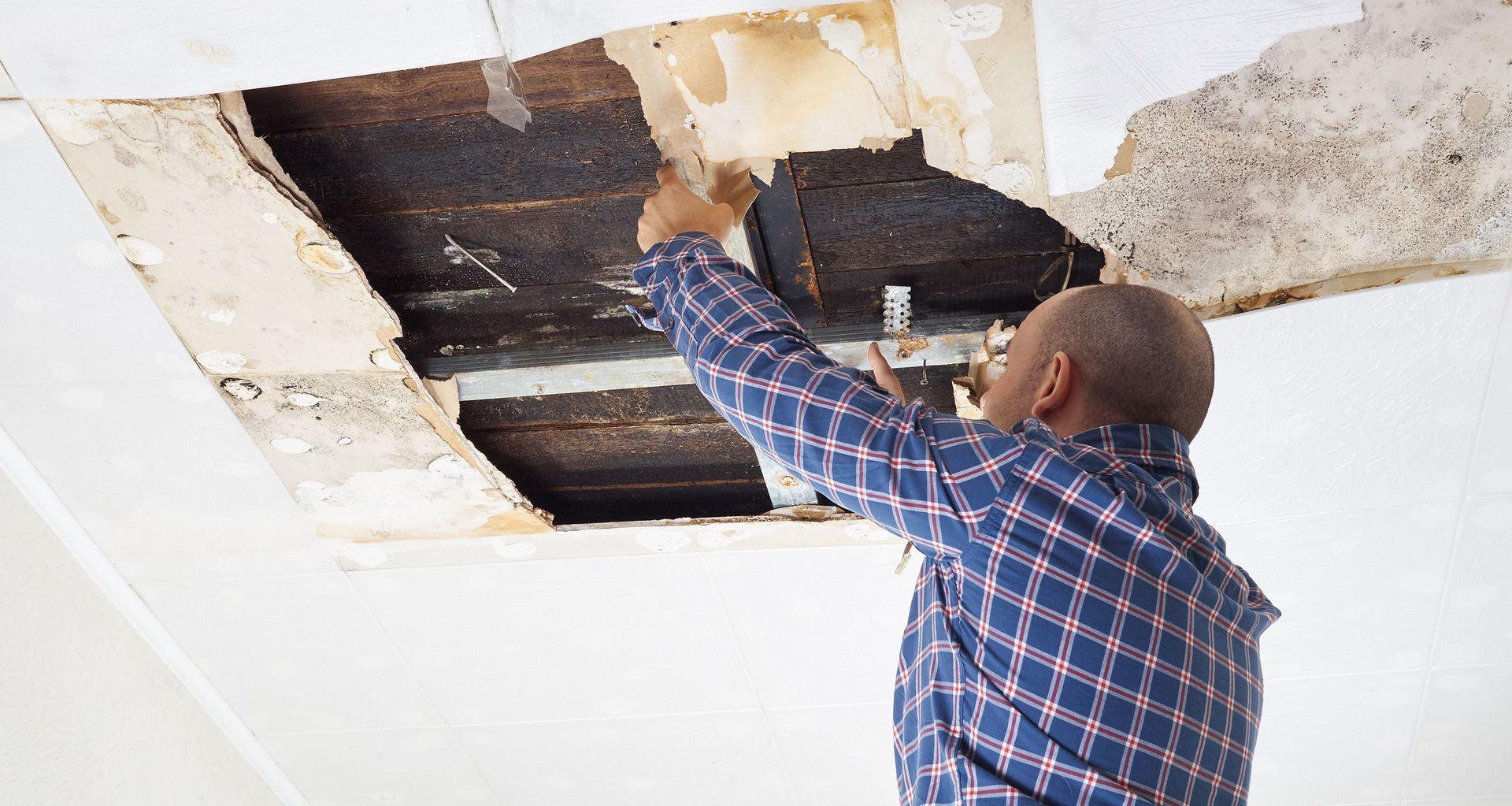Where To Start If You Have A Water Leak (Ingress) In Your House.

Few things are as demoralising as waking up to wet carpets, damp plasterwork or a suddenly noticeable musty smell because, more often than not, it’s a signal that water is not only making its way into your home and causing damage, but that it is going to cost you a lot of time and effort dealing with insurance and coordinating the project itself.
At this stage, your stress levels will be ‘up there’. The insurance claims process can be frustrating, but most New Zealand companies are quick, efficient and polite. Call your insurance company or broker to establish what cover you have in place for repairs and remediation. While fear of claims denial is a ‘thing’, you’ll be comforted to know that most claims go through without a hitch.
At this point, take photographs and or videos of the damaged area and belongings to submit to your insurer and, further down the road, your builder.
Your insurer may ask you to find a builder who can come in and do a damage assessment and costing, while other providers may refer their contractors. As straightforward as the process is, do not expect it to be quick— curb your expectations, particularly when you’ve suffered an extreme weather event with hundreds or even thousands of other Kiwis. Some claims can take up to eight months to be actioned following a disaster.
Your builder will identify the source of the leak, and you will most likely have to pay for the time and consultation when it occurs. However, your insurer will reimburse you the cost as part of your claim. The builder will also provide you with an estimate and the scope of work to be carried out, which you can then forward to your insurer for processing the claim. Bear in mind that the insurer may have additional questions or, at times, seek to reduce the scope of work.
Once your claim is approved, schedule in time for your builder to carry out the repairs. Depending on the extent of the damage and the size of the project, not all builders can get to the site immediately, mainly if it is a large project that will take time and cause disruption. It is advisable to source alternative accommodation for some big projects until the remediation is complete.
Navigating a home insurance claim process can be quite stressful and time-consuming. It often involves a lot of back-and-forth communication, all while living in a partially demolished house. This is because your builders may need to dismantle sections of the house or lift carpets to minimise long-term damage and remediation costs by drying things out as quickly as possible.
On a related note, we recommend engaging a building surveyor during a Cain Built investigation of the damage during the scope of work assessment.
Although this is not a free service, it can provide considerable value. A building surveyor can assess the extent of damage to the structural elements of your house and determine whether replacement or restorative efforts need to be carried out in conjunction with your chosen building practitioner.
Some building surveyors are qualified to re-certify timber, which can significantly reduce replacement costs, sometimes up to four or five times.
